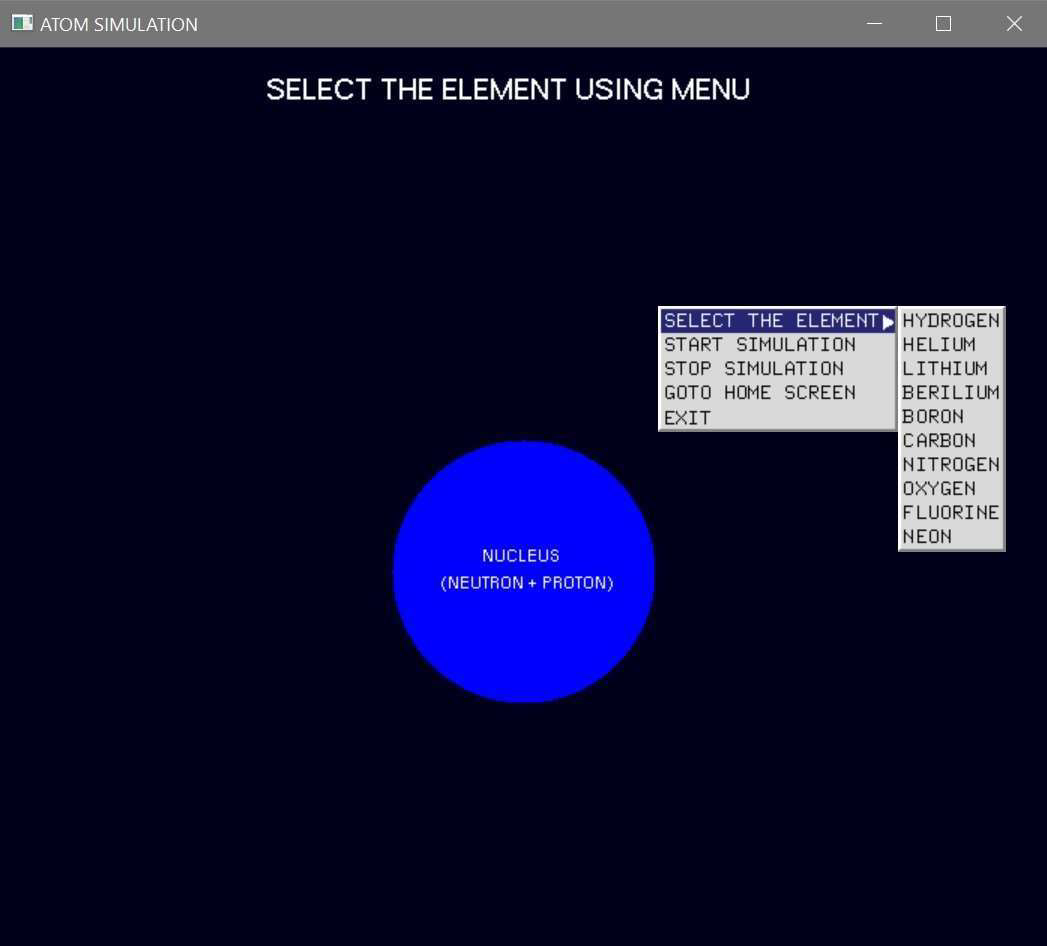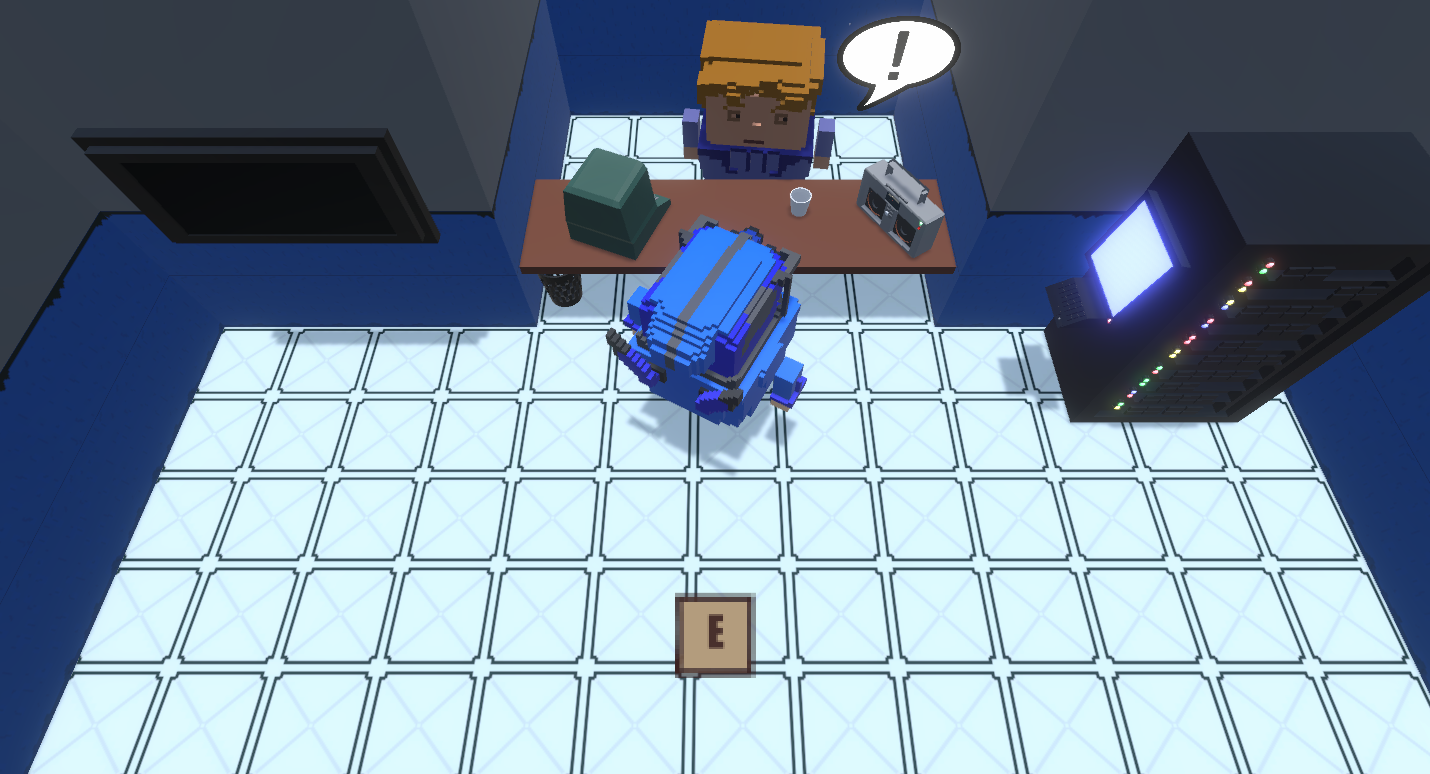

“It leaves bread crumbs and goes back to where it came from.” The system seems to be imbued with some special physics that allows it to retrace its path, Papić said. Yet that’s exactly what Lukin said they observed. “The available quantum system can exist in so many possible states that it would be extremely hard for them to come back and find where they came from,” said Zlatko Papić, a physicist at the University of Leeds in England. There are so many possible places for the molecules to explore that the probability that all of them will spontaneously squeeze back into the tank is effectively zero. It’s like the case of the scuba tank, in which the air molecules escape their initial configuration inside the tank and disperse through the room. Once the atoms start interacting, their alternating pattern should quickly become forgotten, since the atoms can transition into an enormous number of possible sequences of excited and ground states. The behavior seemed unlikely to the point of being impossible. Yet when the researchers started the experiment in a configuration of alternating excited and ground states, the particles became entangled and then disentangled, oscillating as they moved in and out of their original configuration. Usually, entanglement did grow in the simulator. “Then entanglement will just spread,” Lukin said. Instead of intermingling like gas molecules, though, the atoms in this kind of quantum system develop deep quantum connections with one another, called entanglement. Because the atoms strongly interact with one another, they should thermalize. The researchers prepared several initial configurations of ground and excited states. The system allows researchers to tune it as they wish, for example by adjusting how strongly the atoms interact with one another. The atoms in the Harvard machine serve as qubits, their on-off states being either the ground state or an excited state called a Rydberg state. At the time, the machine was the largest quantum simulator ever built. The system was, in fact, a quantum simulator, a machine designed to simulate quantum processes that are otherwise impossible to investigate with a classical computer. Indeed, when the physicists built their 51-atom system, they had their eye on quantum computing. In addition, this scarring effect could lead to new kinds of longer-lasting quantum bits, key ingredients in any future quantum computer. Some believe that the discovery might herald a new category for how quantum particles interact and behave - one that defies physicists’ assumptions that such a system follows an inexorable march toward thermalization. In the 16 months since the result was published in Nature, several groups of physicists have tried to understand the nature of these quantum scars.

Physicists have dubbed this bizarre behavior “quantum many-body scarring.” As if scarred, the atoms seem to bear an imprint of the past that draws them back to their original configuration over and over again. “What you see is the ice melts and crystallizes, melts and crystallizes,” he said. It was as if you dropped an ice cube in hot water and it didn’t just melt away, said Mikhail Lukin, a physicist at Harvard University and a leader of the group. Back and forth it went, oscillating a few times in under a microsecond - long after it should have thermalized. After some more mixing, it returned yet again to that initial configuration. But then, shockingly, it reverted to the original alternating sequence. The researchers assumed the system would quickly thermalize: The pattern of ground and excited states would settle almost immediately into a jumbled sequence.Īnd at first, the pattern did jumble. The atoms started in an orderly pattern, alternating between the lowest-energy “ground” state and an excited energy state. It’s common and intuitive, and precisely what a team of physicists expected to see when they lined up 51 rubidium atoms in a row, holding them in place with lasers. In mixing and spreading, a system strives toward equilibrium with its environment, a process called thermalization. Place an ice cube in hot water and the water molecules frozen in the ordered, crystalline lattice will break their bonds and disperse. If, for example, you cut open a pressurized scuba tank, the air molecules inside will spew out and spread throughout the room. Annoyingly, this tendency toward untidiness reflects a law of nature: Disorder tends to grow. Clothes, books and papers will leave their ordered state and scatter across the floor. Given enough time, even a tidy room will get messy.


 0 kommentar(er)
0 kommentar(er)
